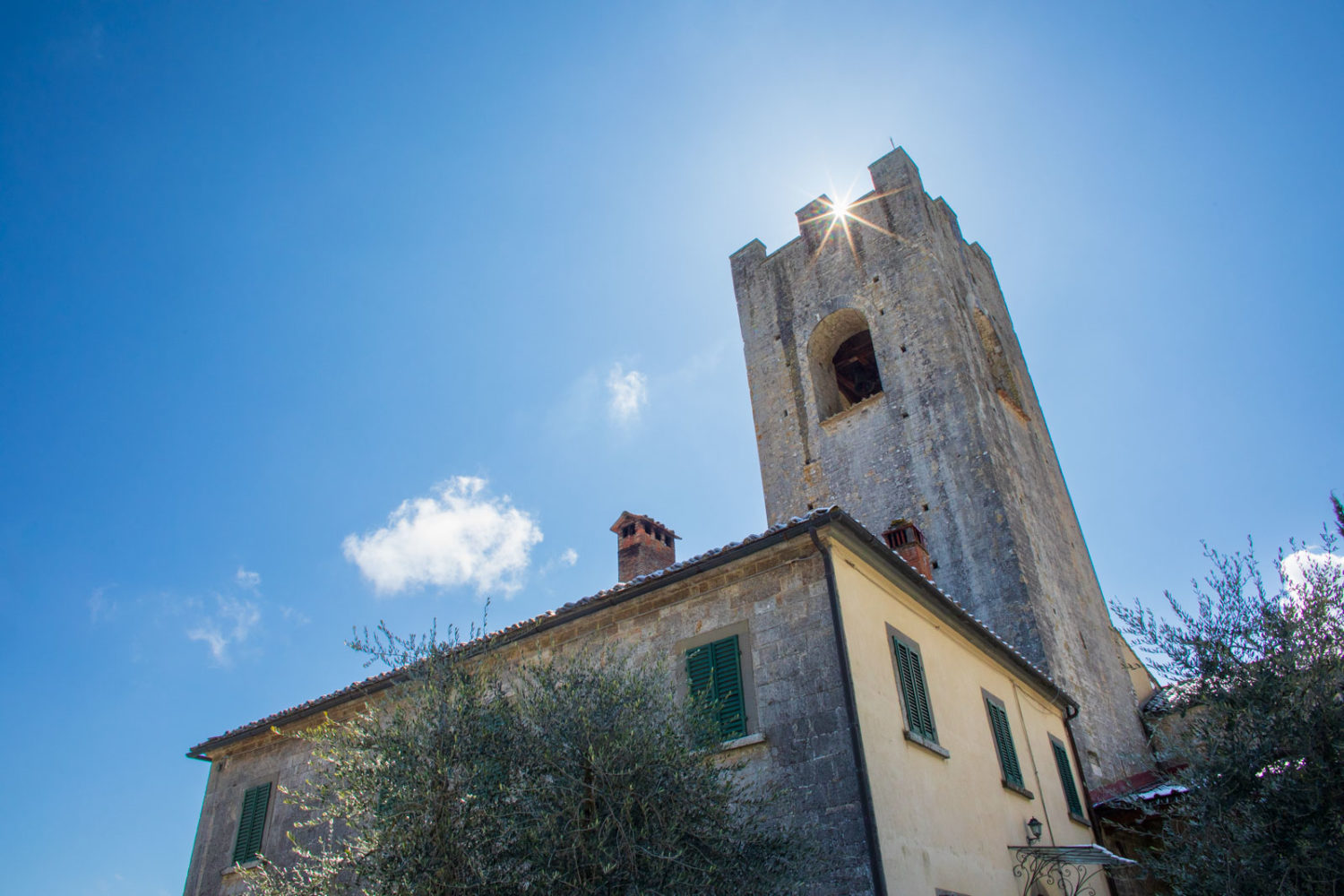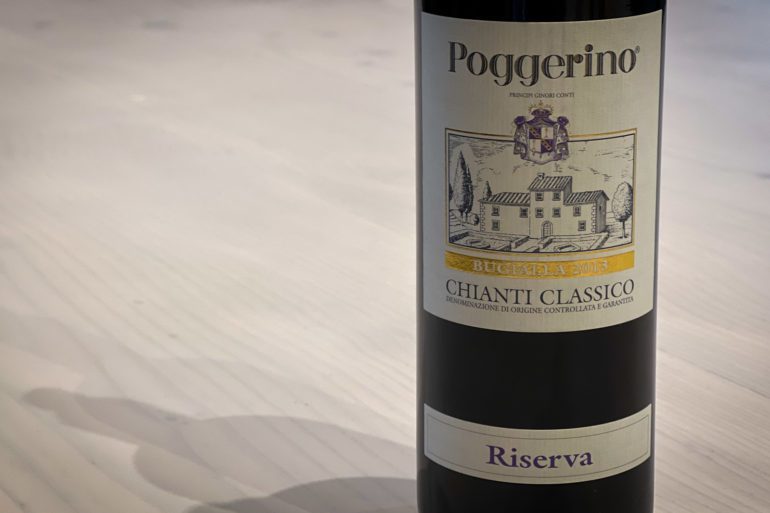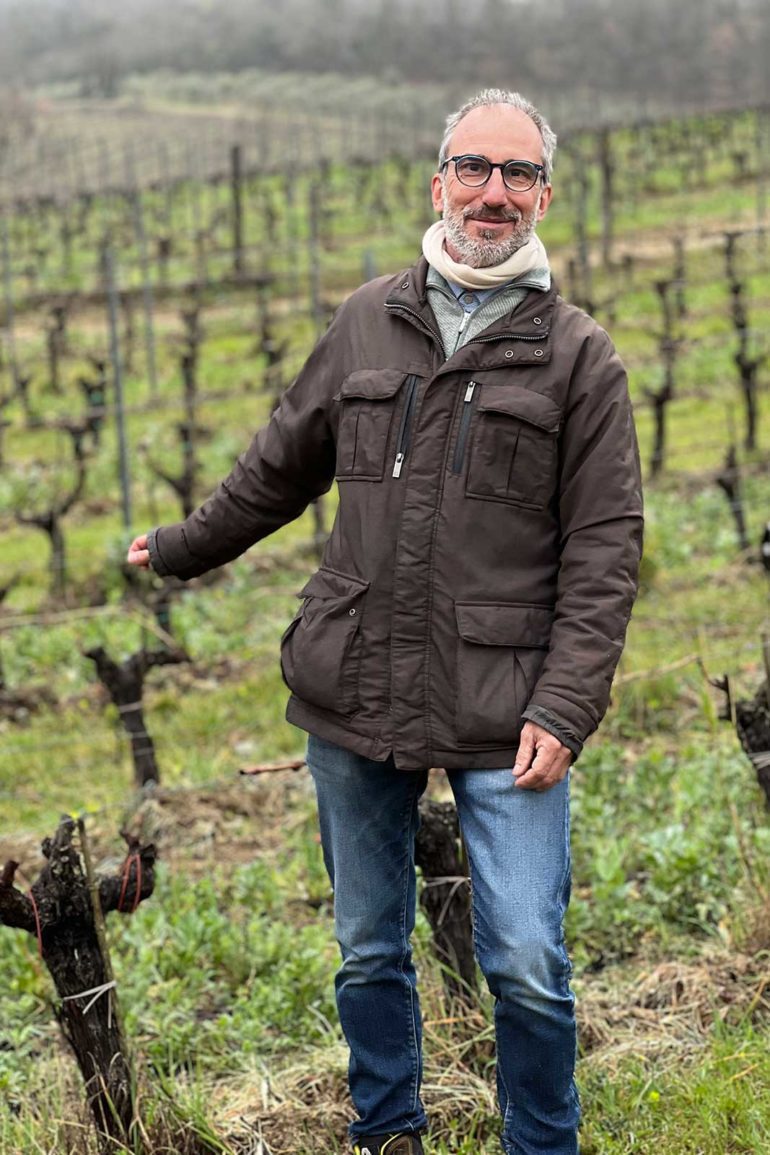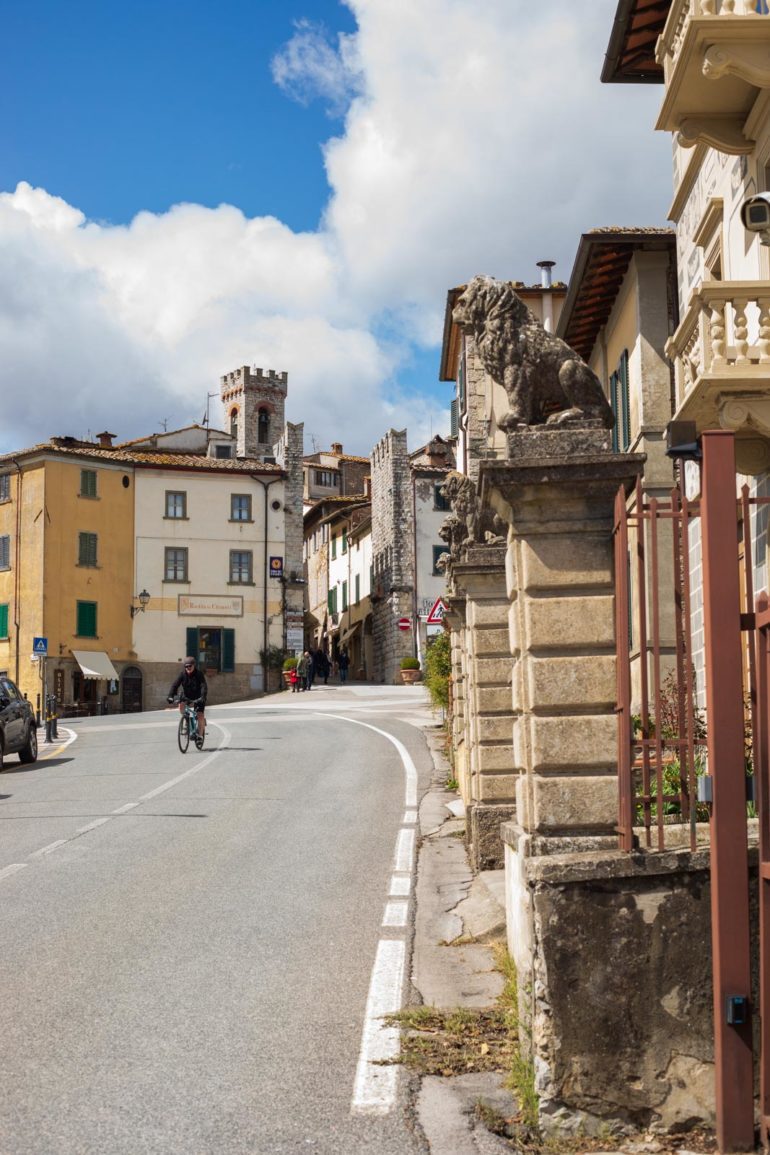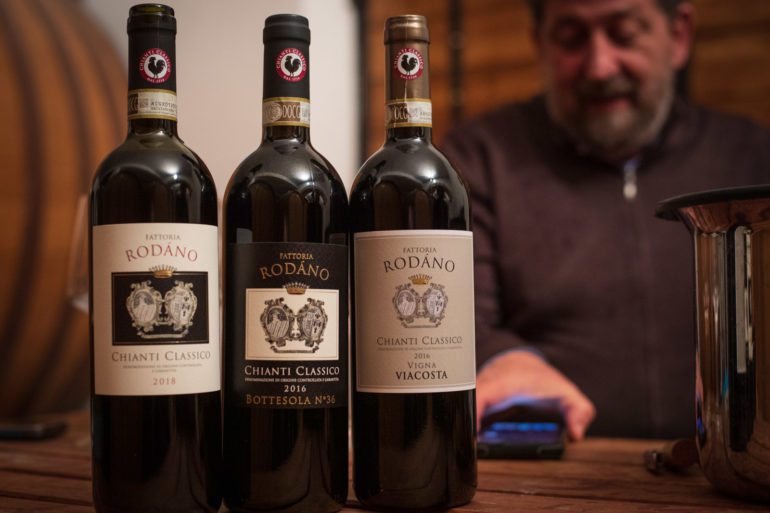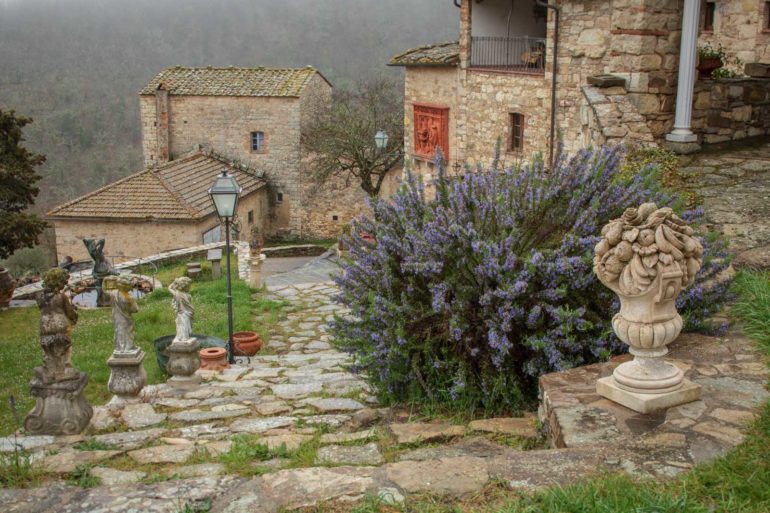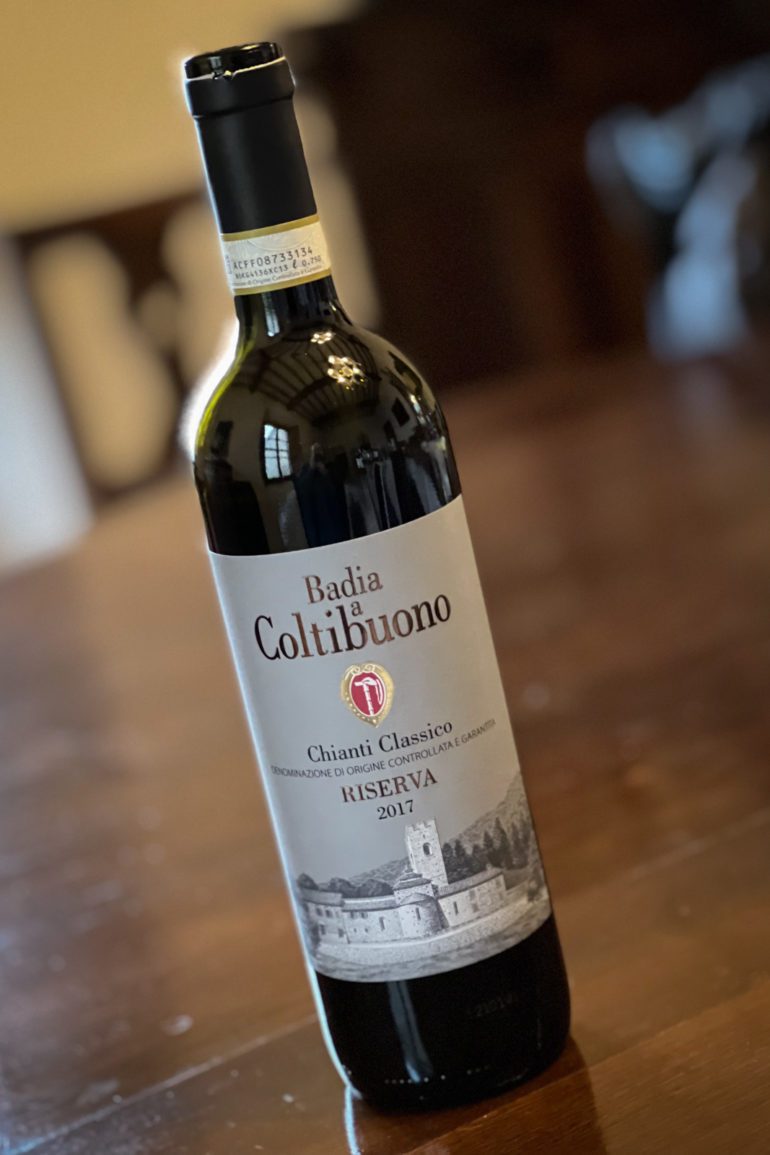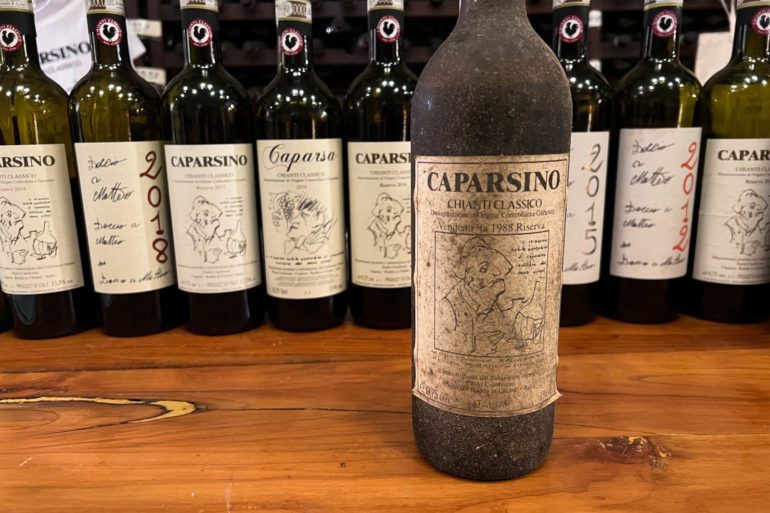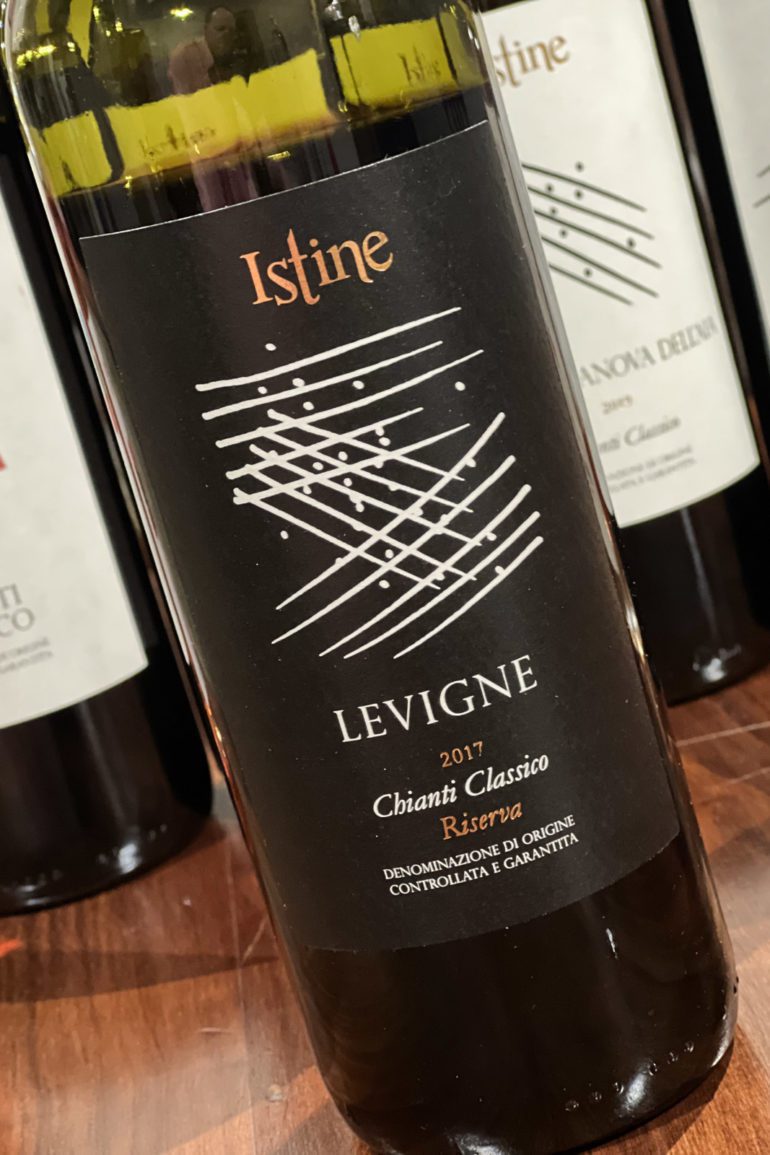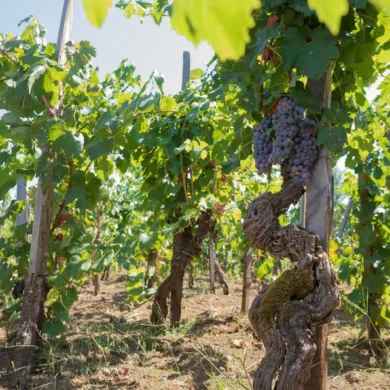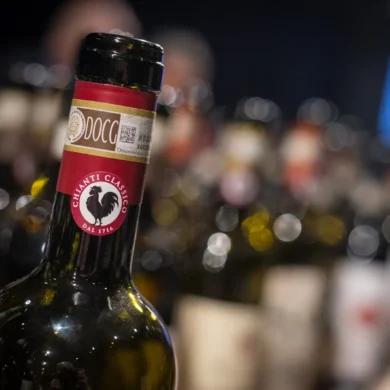If the Chianti Classico annata wines are intended for immediate consumption, then the Riserva wines — one would assume — are meant from special occasions, robust food pairings and cellaring. However, things got complicated in 2014 with the introduction of the Gran Selezione category, which was framed as a sort of super Riserva. Producers are pretty honest about why they did this: prices for Chianti Classico wines had hit a ceiling, and they felt they needed a way to crack into the luxury tier.
All of this would have left the Riserva category in a bit of a purgatory, if it weren’t for the legion of quality-minded producers who flat-out ignored the Gran Selezione option. Whether it was a guilt-by-association avoidance of the first few vintages of GS (which were oaky and a bit bombastic, in many cases), or if it was preference for what Riserva had come to represent, many held firm.
Since then, more refinements have been made to Gran Selezione to differentiate it from Riserva, but the truth remains that some of Chianti Classico’s most spectacular, most structured, most fascinating, age-worthy wines bear the Riserva name instead of Gran Selezione. In fact, from all of the tasting I’ve done this year, the Riserva wines have more consistency, and the greatest Chianti Classico I’ve come across (see below) is in this category. That certainly suggests Riserva is here to stay.
If you want to read more about all of these subtle changes — and where this all leads — you can dive into our special coverage here:
Chianti Classico Coverage
- Understanding the History of Chianti Classico
- First-Taste Guide to Chianti Classico
- Are Terroir-Driven Wines the Future of Chianti Classico?
- Tasting Report: Chianti Classico Annata
- Tasting Report: Chianti Classico Riserva – (you are here)
- Tasting Report: Chianti Classico Gran Selezione
Before we dive into my assessments and recommendations, a quick reminder on the category from our First Taste Guide:
A minimum of 24 months of aging, of which a minimum of three months must be in bottle.
Until the recent introduction of the Gran Selezione category, the Riserva category was at the top of the hierarchy. Initially, the only real distinction between the two wines was (a) Gran Selezione’s extra six months of aging, (b) Gran Selezione’s requirement of 90% Sangiovese, and (c) the caveat that Gran Selezione could only be made with estate fruit.
Top Chianti Classico Riserva Wines
What I looked for when tasting the Chianti Classico Riserva tier was entirely different than the annata wines. That’s because there is a separate category that is intended to accomplish much the same thing as Riserva: the Gran Selezione also aims for longevity, structure and depth. It would be a mistake to assume that the Riserva wines are somehow inferior because of six months difference in aging, or because they allow for up to 20% blended grapes (when in fact many of them are varietal Sangiovese just like many of the Gran Selezione). Some Riserva wines remain a steal in my opinion, especially Badia a Coltibuono and Rodáno: they are affordable building blocks to anyone building a wine collection from scratch.
That said, if you are a winery with a devoted following and a willingness, you can hit that luxury price tag rather quickly with a well-constructed Riserva. Just look at the price of Monteraponi’s “Il Campitello” in recent years, which is now flirting with the $100 mark here in the U.S.
In the end, this is a thrilling category to explore, and thankfully, it is not the purgatory wine it could have ended up as when the Gran Selezione was introduced. Here are the wines that stood out to me as the most interesting. (You can also view a refresher on How We Rate Wine to explain our star system).
Top Pick: Poggerino “Bugialla” Chianti Classico Riserva (2018, 2013, 2014 and 2006)
Poggerino is a superb winery, but that is especially evident with this wine. From what I’ve tasted, “Bugialla” is the pinnacle expression of Chianti Classico in any form.
This appreciation was admittedly enhanced by the fact that I was able to taste four different vintages back to 2006 (★★★★★, all four vintages). However, the trajectory and personality of this wine is very clear, no matter what stage or vintage you catch.
So what’s so special about this wine? The layering. Each sip comes at you in waves; numerous sensations at once. But they stay consistent over time, remaining as a recognizable wine throughout the ages because of its strong identity. If you imagine Chianti Classico’s prototypical cherry-orange-savory flavors, “Bugialla” shows added depth and gifts the drinker with bonus notes akin to violets and walnuts. I hate to be that specific, but those beautiful tones enhanced the elegance of the wine and made it distinctly memorable to me.
Lanza’s management of tannins is also second to none: never coarse, just soft cotton transforming into silk as it ages down the road. Move “Bugialla” to the top of your list of wines to seek out from Chianti Classico, especially if you plan to cellar any.
100% Sangiovese
Fattoria Rodáno “Vigna Viacosta” Chianti Classico Riserva (2016, 2007 and 1997)
Like a supped-up version of his annata wine, Fattoria Rodáno’s “Vigna Viacosta” Chianti Classico Riserva (★★★★★ for the 2016 and 1997; ★★★★ 3/4 for the 2007) shows that you can have a wine of great depth and dark-inflected flavors (e.g. black fruit, violets, walnuts, smoke and leather) while conversely leaning on a lithe frame. While the wine’s structure was iron-clad, it never fatigued, showing great persistence and elegance. Since 1997, Pozzesi has shifted away from barrique usage in this, his signature wine. That old vintage relied on 40% of the blend from used barrique, but such is the character of the Viacosta vineyard that its faculties and personality still shined in the glass some 24 years later. Amazing.
A side note: Pozzesi does not like making a big deal of the Riserva category, so you won’t find it on the front of the label.
100% Sangiovese
Fattoria Rodáno “Bottesola 36” Chianti Classico (2016)
In certain vintages, Pozzesi has been known to isolate a particular cask of remarkable character and bottle it individually. “I don’t know,” the humble winemaker said to me. “Maybe its a stupid idea.” It certainly isn’t. The wild character of 2016’s “Bottesola 36” Chianti Classico (★★★★★) is a glimpse into the world of the winemaker in his tiny cellar. This wine shifts the narrative on 2016 at Rodáno by showcasing more of the smoky, leathery quality of the estate’s fruit, while hanging on to that show-stopping acidity that makes Rodáno’s wines so prized. An unexpected treat: the mouth-watering finish, something you don’t often encounter on such a structured wine.
100% Sangiovese
Badia a Coltibuono Chianti Classico Riserva (2017 and 1985)
I greatly admire this estate’s adherence to tradition while remaining relevant to modern times. Their 2017 Chianti Classico Riserva (★★★★★) has fantastic floral and herbal qualities that make it stand out in the region. It is a rich and full wine that is already showing fruit-forward aspects in its youth, but whose savory, citric and spicy undertones suggest a bright future. I gave this wine full marks because of how versatile it is at the table. A taste of the very distant past (the 1985 vintage of this wine) revealed that there is still a heartbeat from the wines made in a very different age. This is my recommendation for the ideal first-taste of Chianti Classico Riserva for newcomers.
Badia a Coltibuono’s 2017 “Cultus” Chianti Classico Riserva (★★★★ 3/4) relies on only 80% Sangiovese: the bare minimum in the regulations. Yet it is a supremely savory and delicious culinary wine that can eclipse the normal Riserva in cooler years. Be sure to also seek out this winery’s fantastic Vin Santo del Chianti Classico and ultra rare Vin Santo Occhio di Pernice.
Riserva: 90% Sangiovese, 10% Canaiolo, Ciliegiolo and Colorino. Cultus: 80% Sangiovese, 20% Canaiolo, Ciliegiolo, Colorino, Malvasia Nera, Fogliatonda, Mammolo, Pugnitello and Sanforte.
Istine “Levigne” Chianti Classico Riserva (2017)
In my lengthy feature on the future of Chianti Classico, I pointed to Istine’s 2017 “Levigne” Chianti Classico Riserva (★★★★★) as the ideal alchemy of multiple terroir. That’s because Istine’s Angela Fronti offers clear interpretations of her two Radda and one Gaiole vineyard holdings through her Chianti Classico annata series, and when you’ve tasted them — then followed it with their blended counterpart — you can see all the traits like a well-hewn family resemblance.
“Levigne” offers superb depth and rich, menthol-like qualities that differ from her other wines. I think it is her best wine, and I am eager to see where else she takes things.
100% Sangiovese
Caparsa “Carpasino” Chianti Classico Riserva (2018)
Winemaker Paolo Cianferoni is a lovely soul. While touring his verdant hilltop estate, Caparsa, I was given a mile-a-minute presentation on everything from his family’s peasant roots in the area to the value of organic practices. The man exudes passion at each moment, and there is a bit of that in his lovely, detailed wines. There are two Riserva wines: “Carpasino” and “Doccio a Matteo.” The former is 100% Sangiovese while the latter has 2% Colorino.
“Carpasino” reveals a lot about each vintage. The best version I tasted was actually the youngest, the 2018 (★★★★★), which is a very pleasant, refined and elegant expression of Sangiovese, leaning on great depth of flavor and a tinge of peppercorn-like spice. Warmer vintages (such as the 2017, ★★★★ 3/4), tend to be more fruit forward, but still present as well-balanced, detailed wines.
100% Sangiovese
Caparsa “Doccio a Matteo” Chianti Classico Riserva (2018, 2016, 2015, 2012, 1999)
As with the “Carpasino,” Cianferoni made sure I tasted several vintages of “Doccio a Matteo.” While these wines are all very vintage sensitive (i.e. cooler years are more elegant, warmer years more structured), they all bear striking resemblance, with raspberry-like fruit and minty as well as peppercorn tones. After a while, however, I began to wonder if “Doccio a Matteo” and “Carpasino” were just identical twins living different lives. Do they need to be bottled separately?
The sweet spot with “Doccio a Matteo” was the rather recent 2016 vintage (★★★★★), where all of its various elements seemed to be falling into perfect harmony now, six years post-vintage.
100% Sangiovese
Other Noteworthy Chianti Classico Riserva to Seek Out
- 2018 Tenuta di Lilliano Chianti Classico Riserva – (★★★★ 1/2)
- 2019 Monteraponi “Il Campitello” Chianti Classico Riserva – (★★★★ 1/2)
- 2018 Fèlsina “Berardenga” Chianti Classico Riserva – (★★★★ 1/2)
- 2018 Fèlsina “Rancia” Chianti Classico Riserva – (★★★★ 1/2)
Image captions (all images ©Kevin Day/Opening a Bottle): Badia a Coltibuono’s iconic abbey (top); Poggerino’s “Bugialla” Chianti Classico Riserva; Poggerino winemaker Piero Lanza; a scene in downtown Radda; wines at Rodáno; the beautiful village-like atmosphere of Monteraponi; Badia a Coltibuono’s Chianti Classico Riserva; Caparsa winemaker Paolo Cianferoni; wines at Caparsa plus their 1988 “Caparsino” Chianti Classico Riserva; 2017 Istine “Levigne” Chianti Classico Riserva.
Note: My travels through the Chianti Classico region were greatly supported logistically and financially by the Consorzio Vino Chianti Classico, who transported me to each winery and covered accommodation costs. Without that support, the trip would have never happened. However, the wineries were selected by me out of editorial consideration, and no compensation was involved for any of this work. Opinions are exclusively my own. Learn more about our editorial policy.
